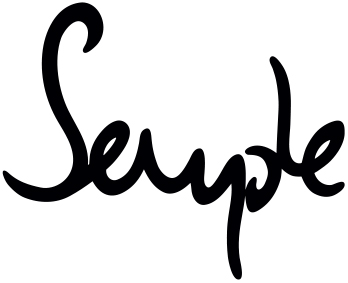Androgynous dressing is blurring the lines between gender more and more as time goes on. Slim silhouette cuts are no longer defining feminine attire and likewise, bold straight lines are no longer owned by males. The list of fashion items that fall into the new unisex trend are endless, but for this post, I’m going to take a deeper look into the history of the bow tie, exploring the ways in which women have adopted this staple in the fashion conscious man’s wardrobe.
The bow first made an appearance in the form of a bow tie, which, much like most timeless fashion items, were first worn by the military and soldiers. The Croatian soldiers of the Thirty Years War in the 1600s were some of the first documented to sport a bow tie, used to keep together the collars of their shirts. Upon their arrival home, the style was picked up by many of the rich and wealthy, who took the bow tie to new heights, turning the once practical item into a sartorial essential.
The 1880s saw the bow tie become the finishing touch of the Tuxedo and three and two piece suits, and so the ‘black tie’ dress code was coined. From this point onwards, high profile events pioneered the bow tie and its fashion importance, but as soon as women got their hands on the pretty little accessory, the bow tie found a new home.
The secret behind the bow tie was discovered and people realised that by simply knotting a piece of fabric, the winged bow could be achieved. Because of its sweet and innocent connotations, the bow became synonymous with childrenswear, but before long evolved again, and become an primary hair accessory, tieing away the hair from the face while keeping up a dainty appearance.
Today, the bow still resonates in the fashion scene, carrying with it its history and ‘cute’ connotation. But the evolution of the bow, from menswear to womenswear demonstrates a woman’s ability to adopt iconic styles and redefine their meaning and practicality. Ladies, take a bow.
By Marni Banks
Images from:




